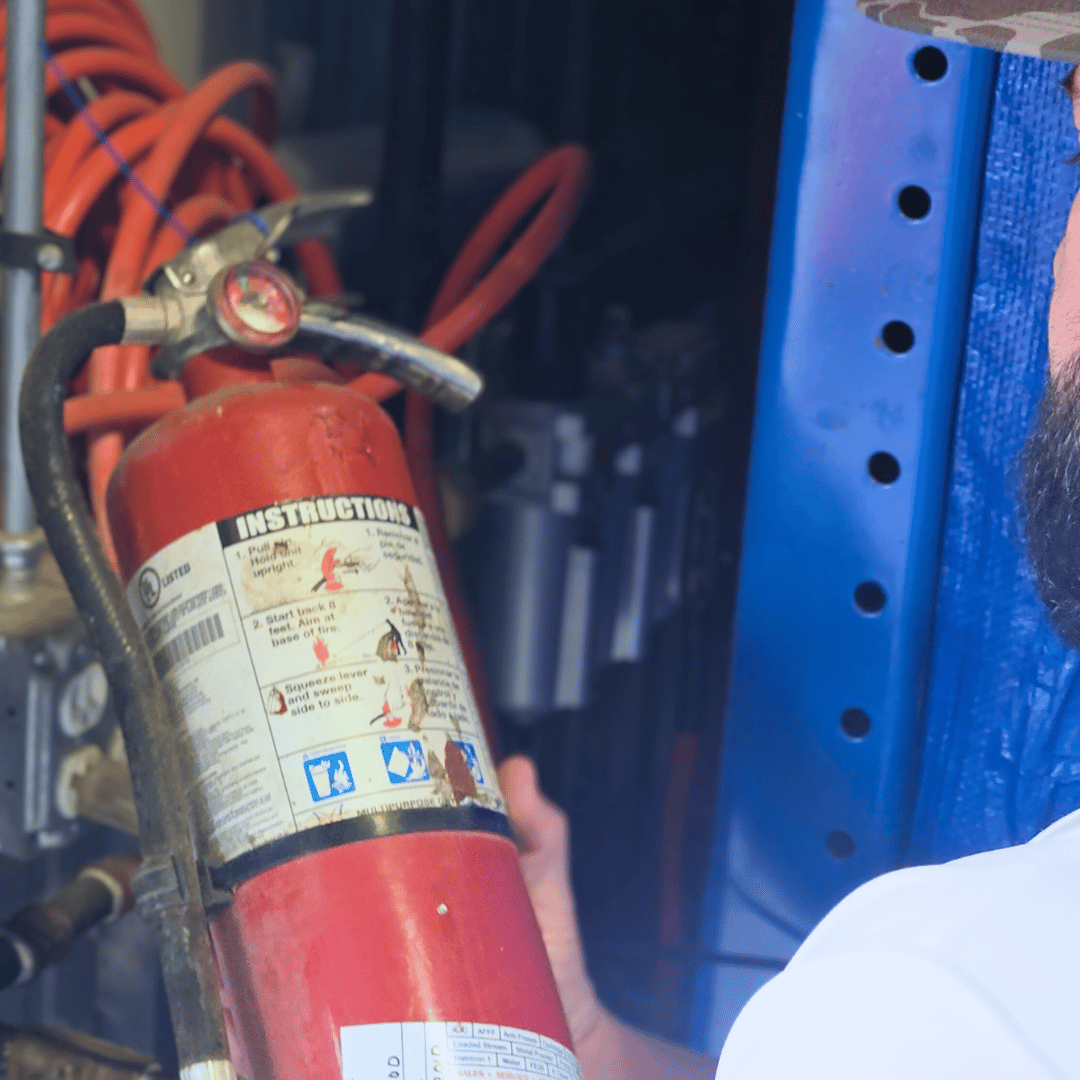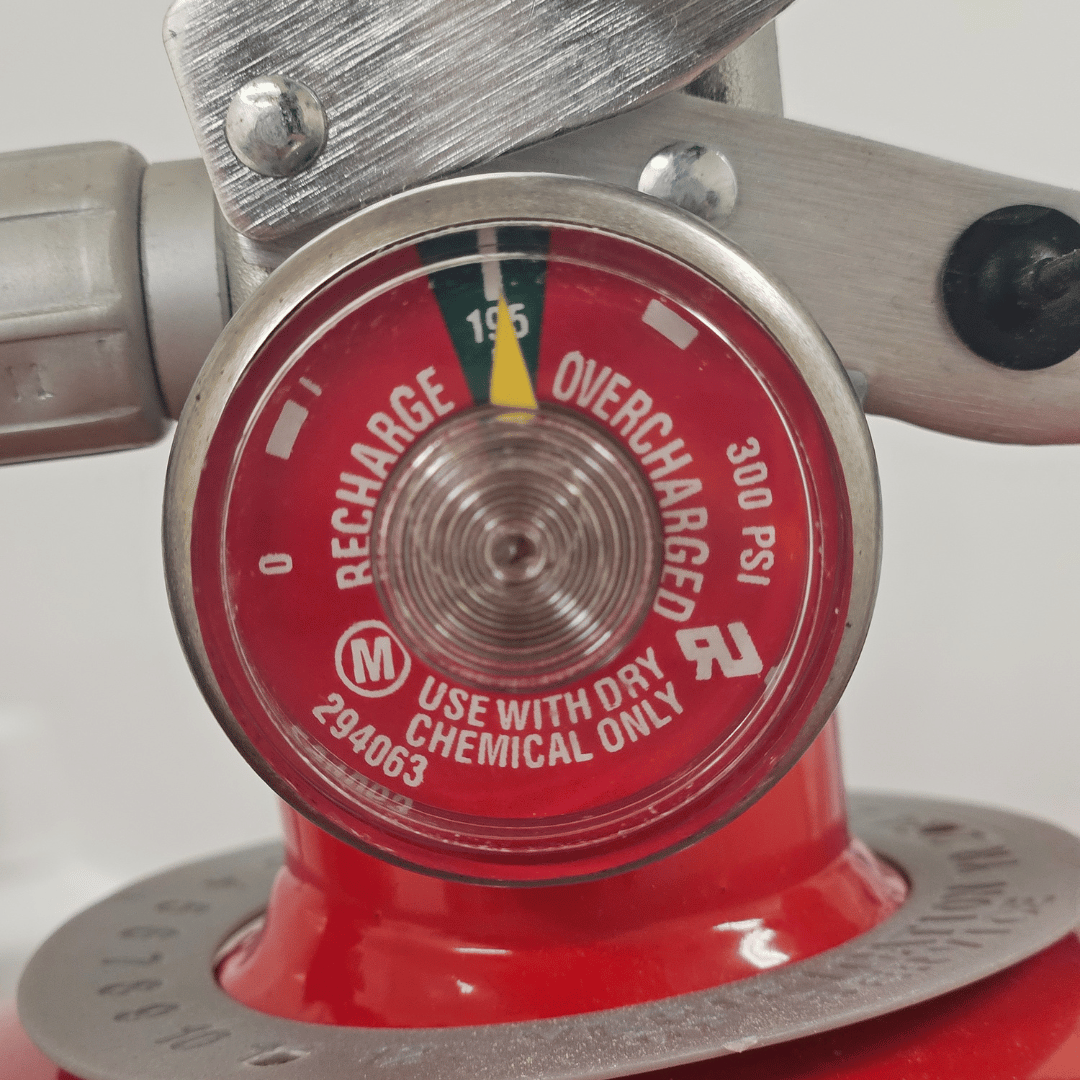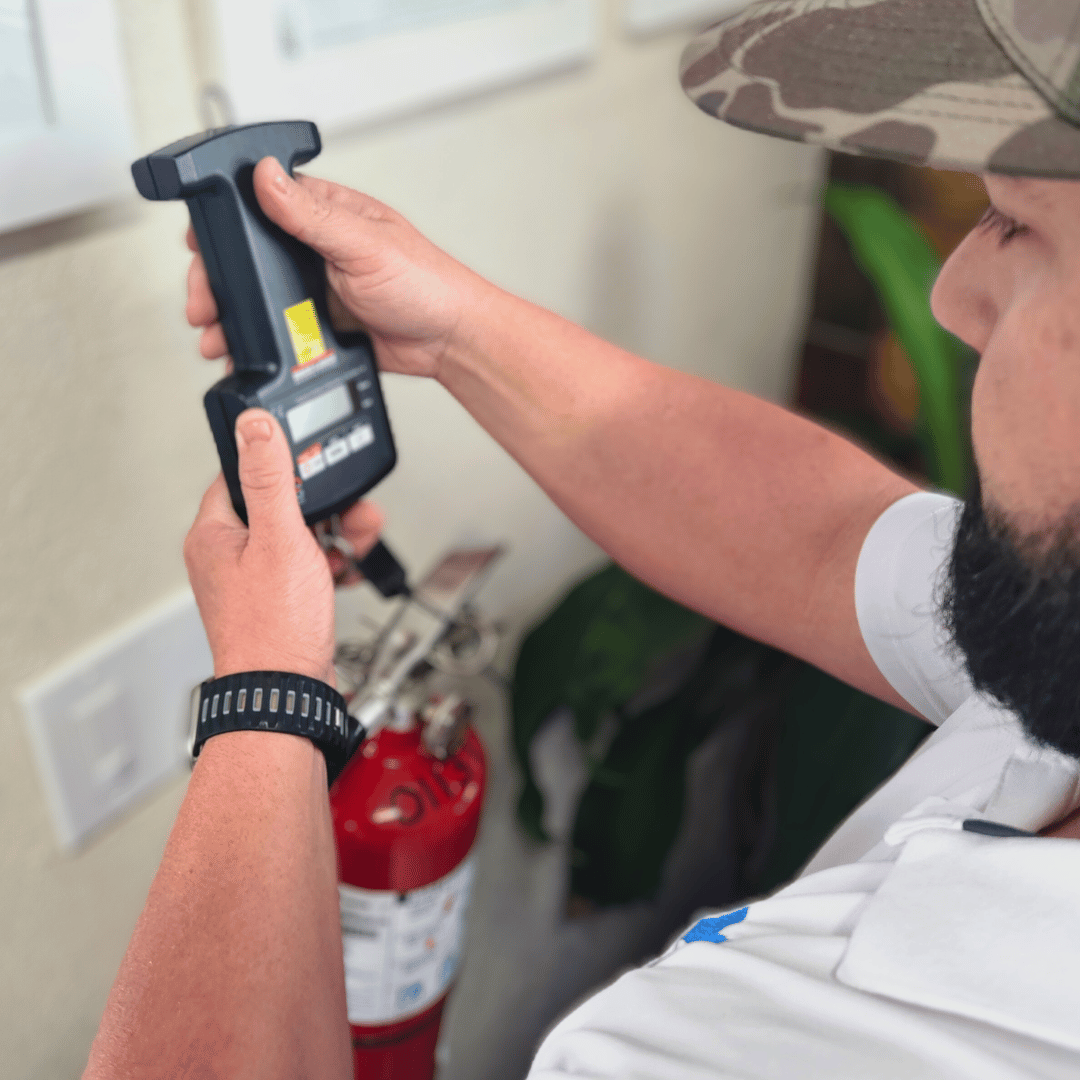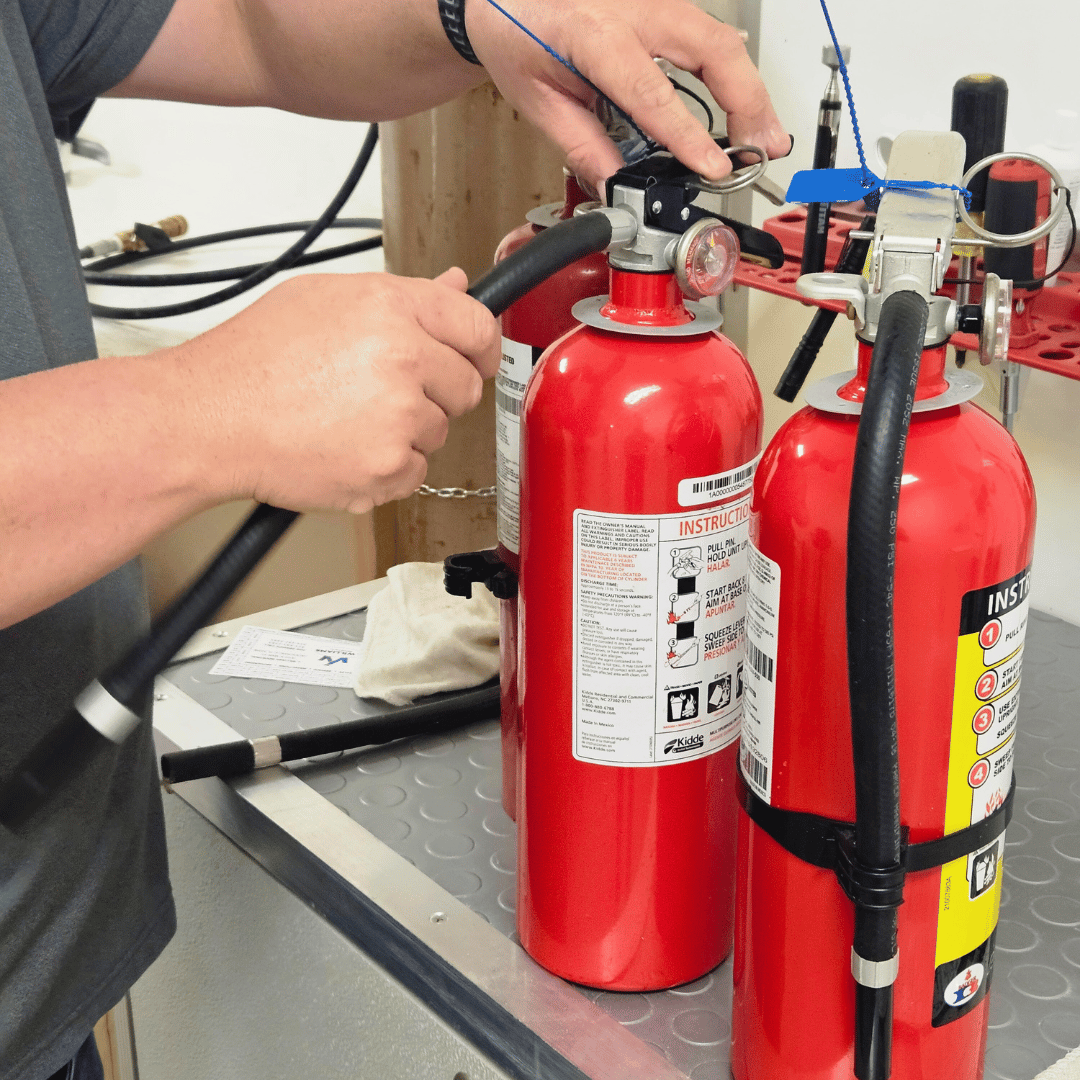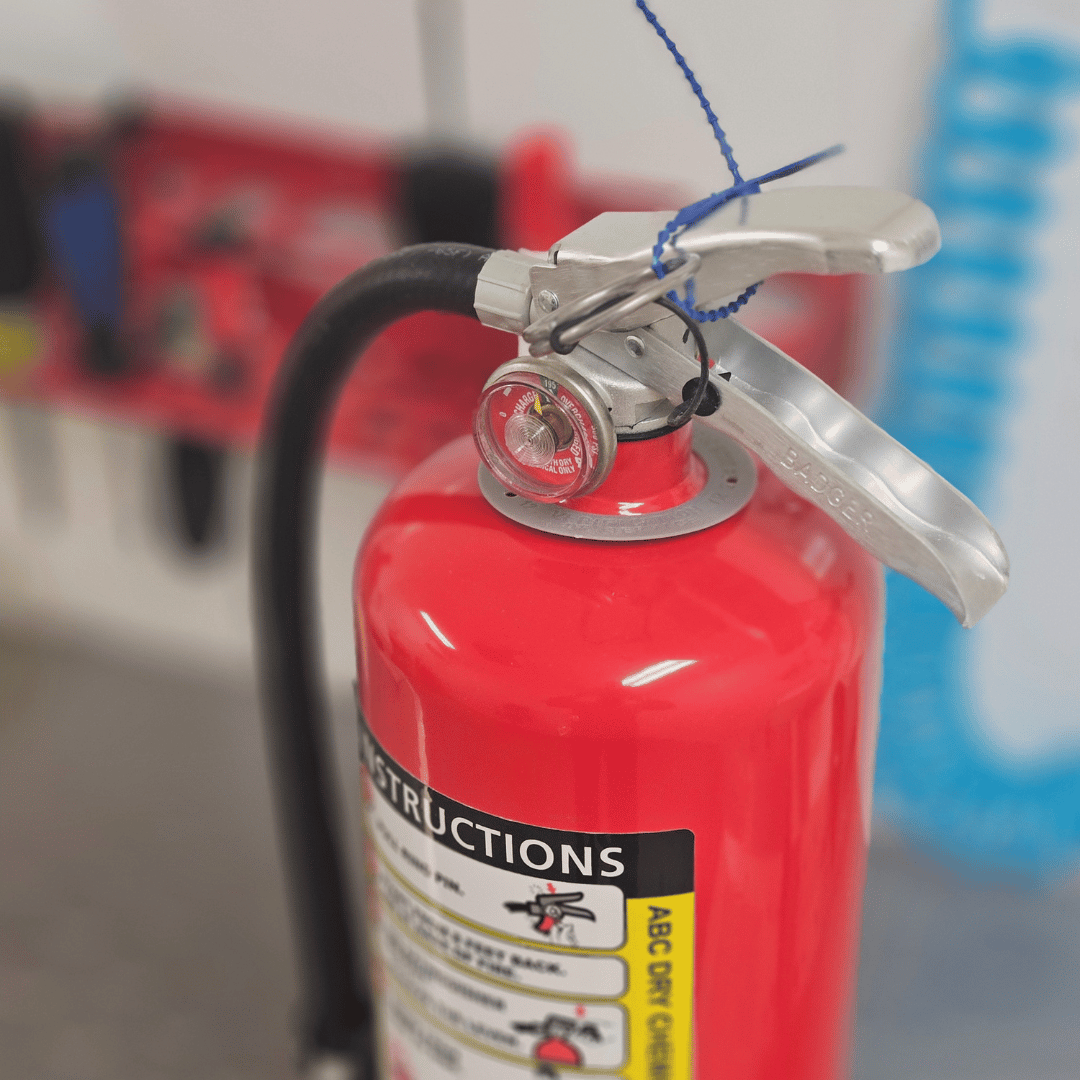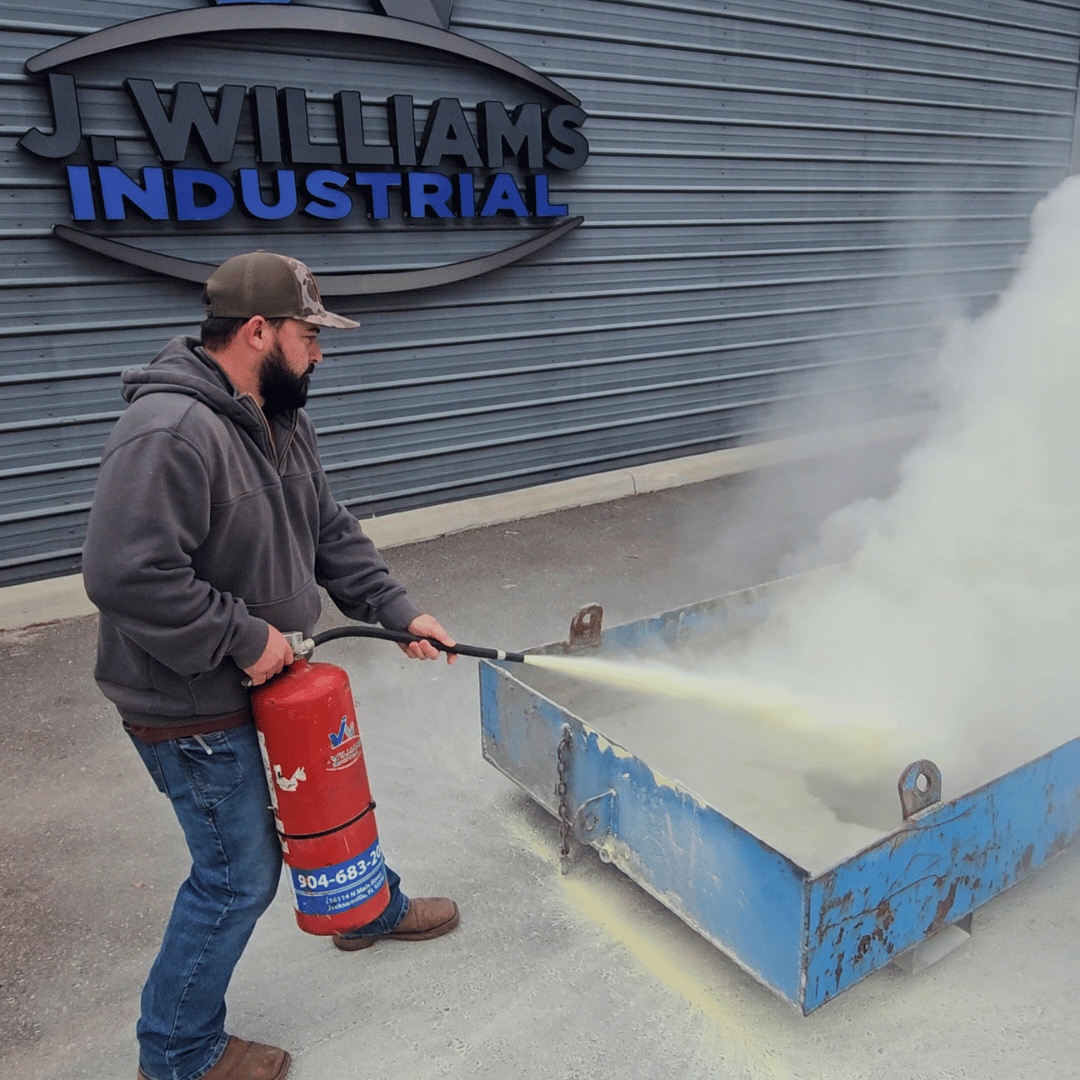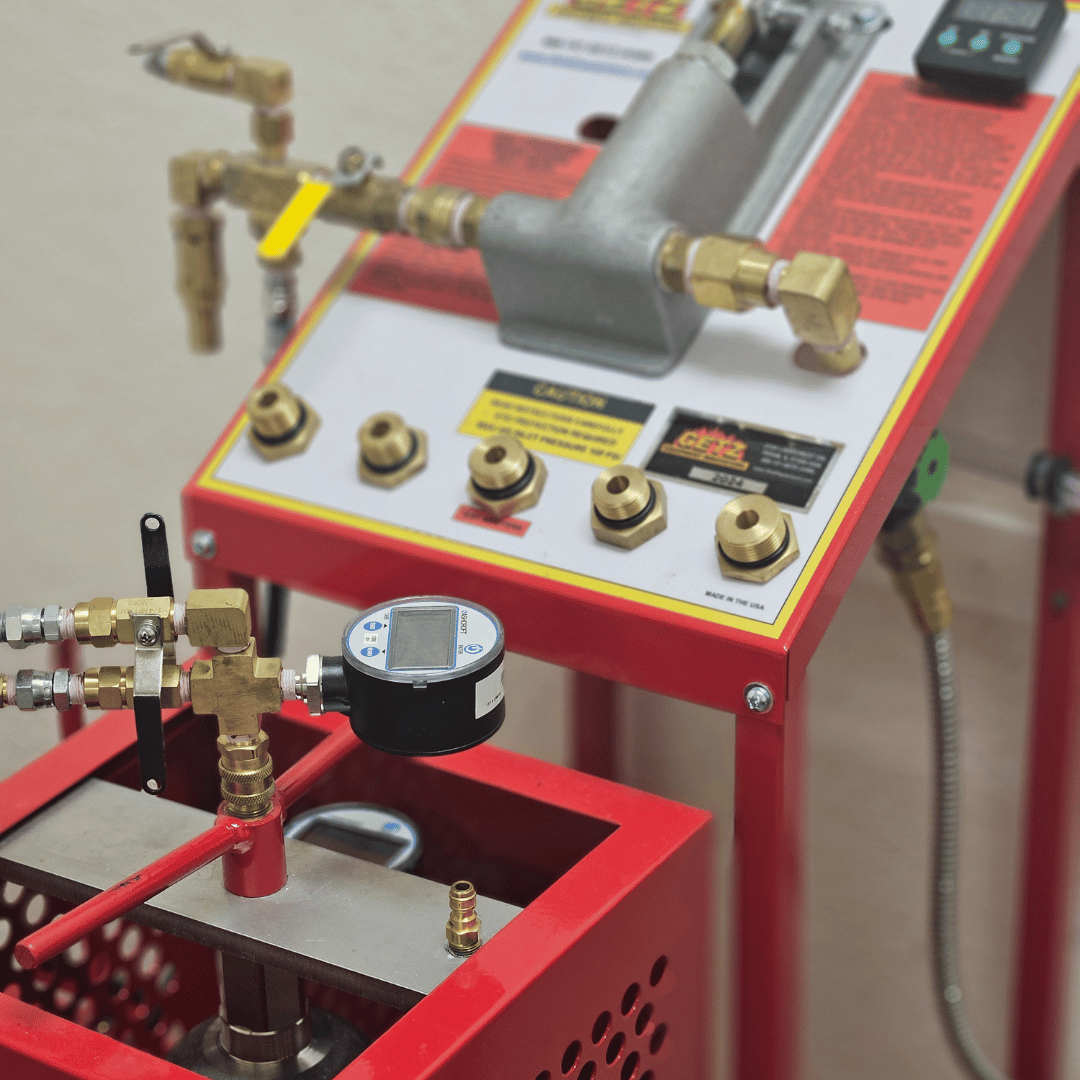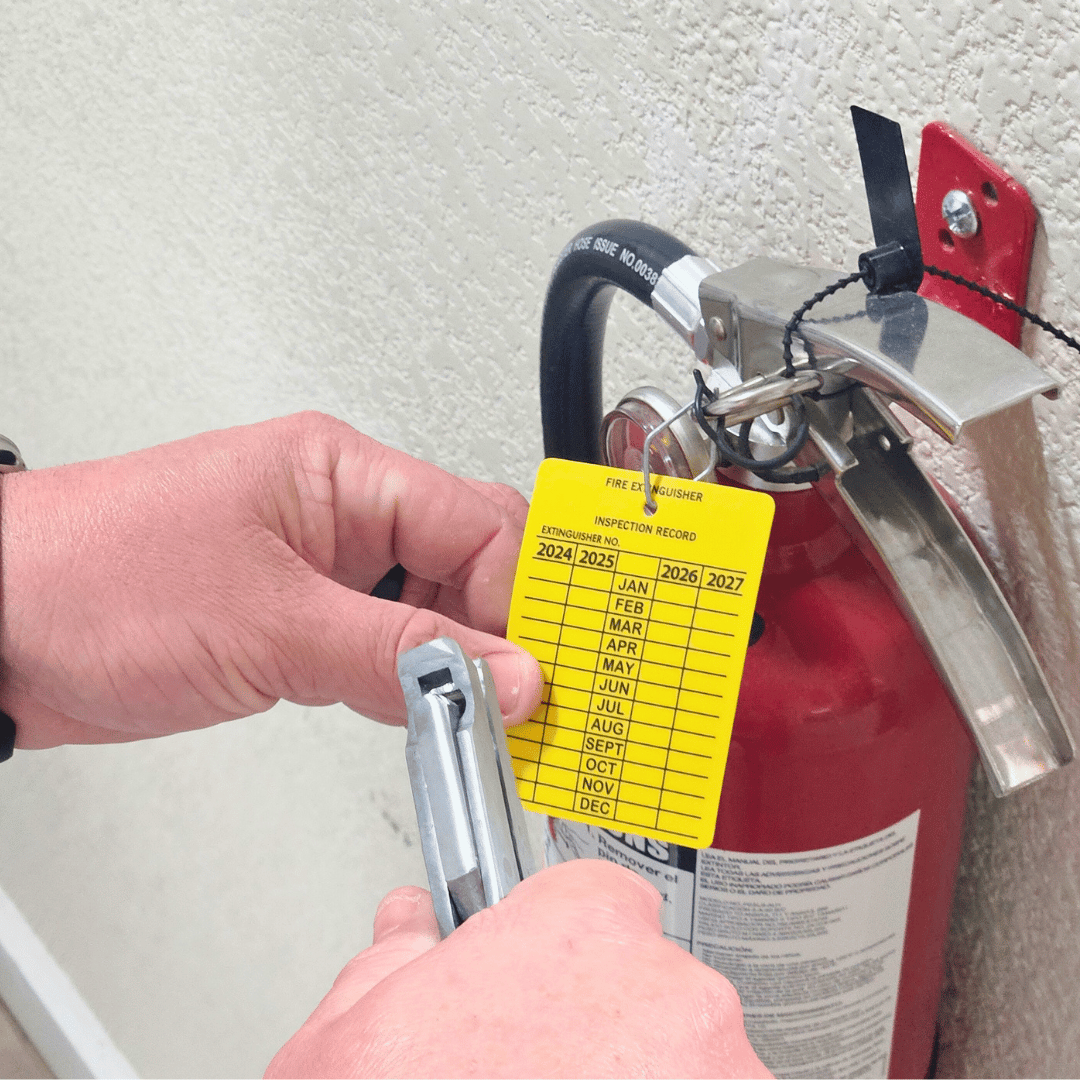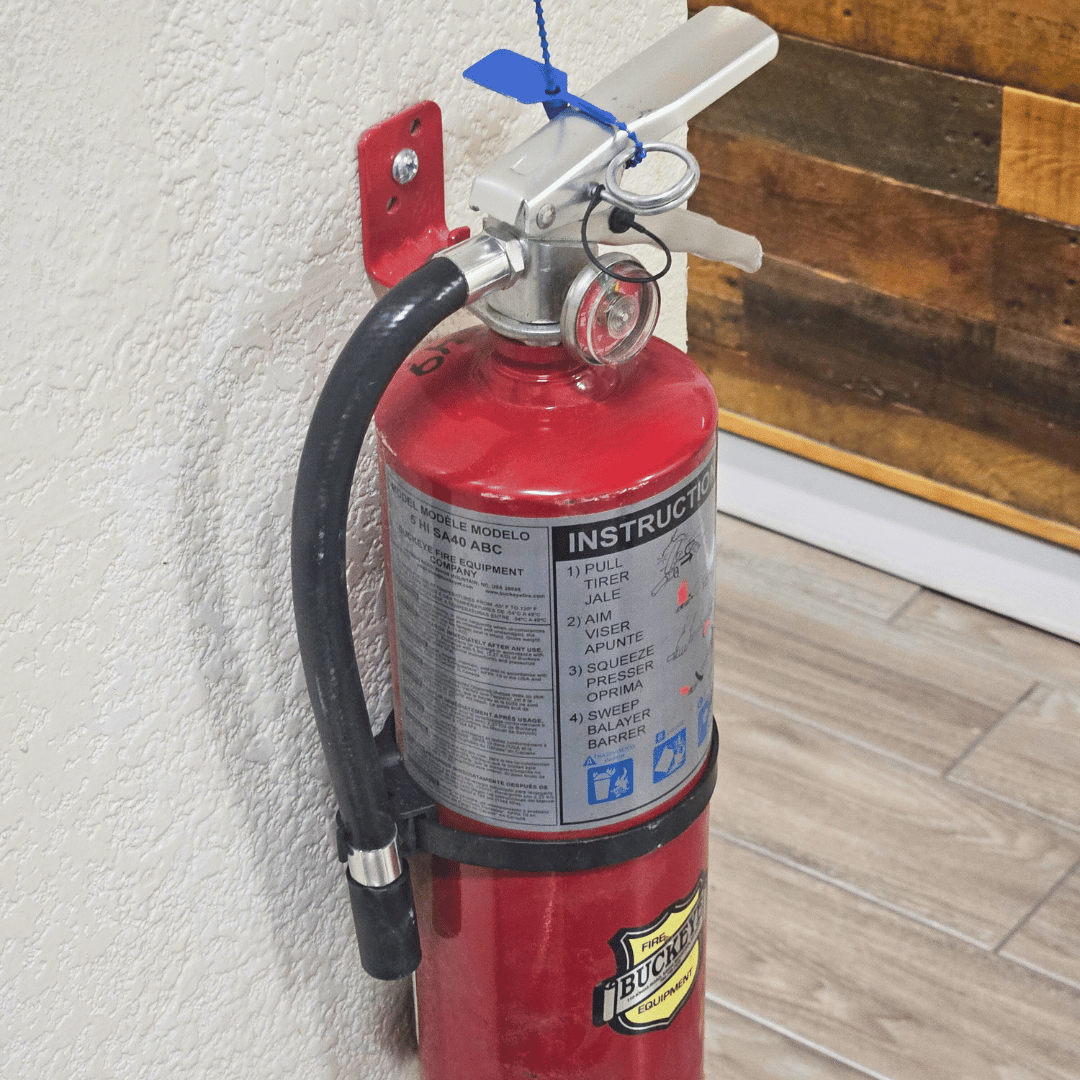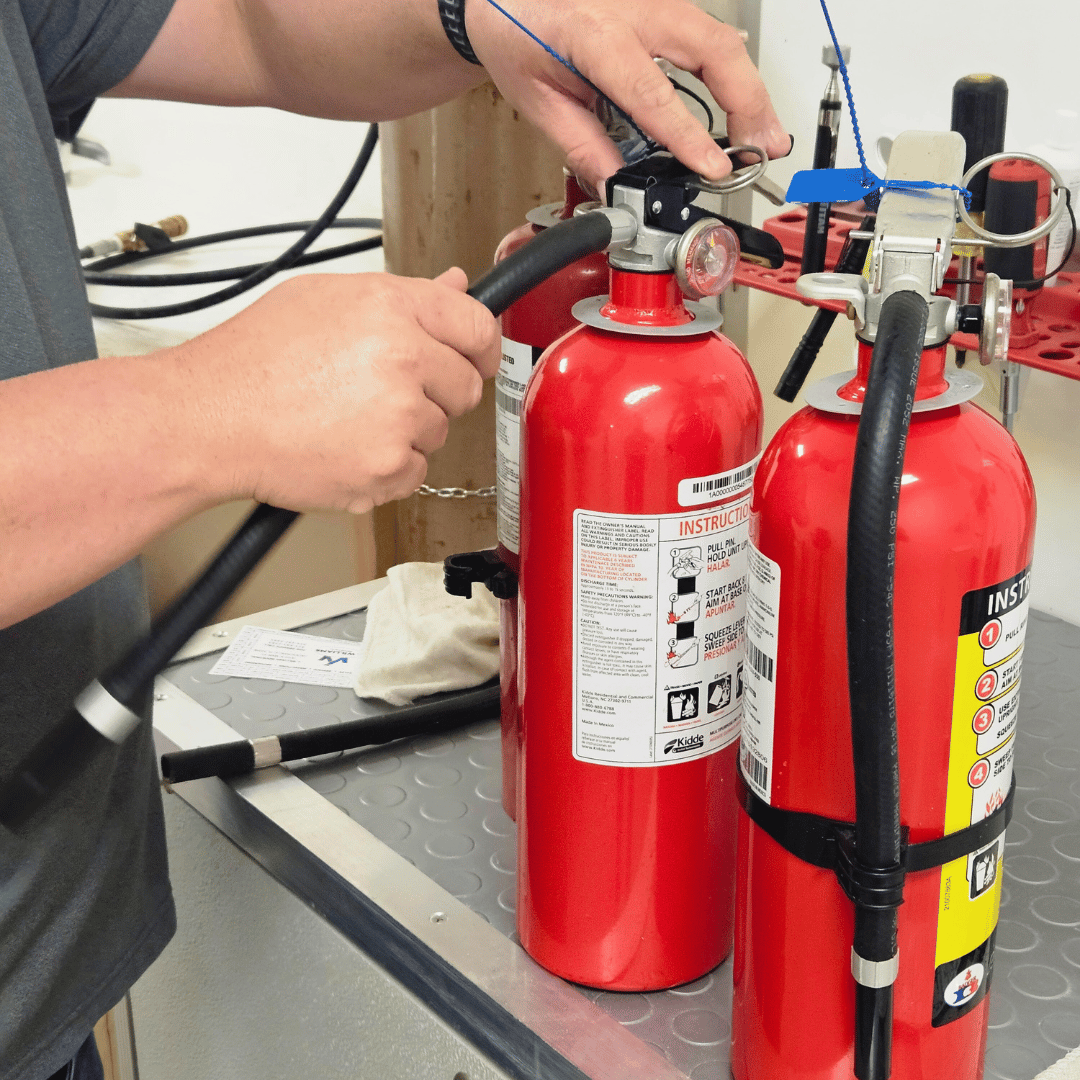
Fire extinguishers are critical tools for fire safety, providing a first line of defense in the event of an emergency. However, having a fire extinguisher on hand is not enough. To ensure these life-saving devices work when you need them most, regular maintenance is essential. Neglecting this responsibility could result in a malfunctioning extinguisher, leaving you unprotected when it matters most.
Why Fire Extinguisher Maintenance Matters
Fire extinguishers are designed to sit idle for extended periods until they are needed. Over time, they can lose pressure, develop leaks, or have parts that degrade. Regular maintenance ensures:
● Reliability: Verifying that the extinguisher will work during an emergency.
● Compliance: Meeting legal and industry standards, such as those outlined by NFPA 10 or OSHA.
● Safety: Identifying and replacing damaged or faulty components.
● Longevity: Prolonging the service life of the extinguisher through proper care.
The Fire Extinguisher Maintenance Process
Maintaining a fire extinguisher involves a systematic approach to inspection, testing, and servicing. Below is a breakdown of the essential steps:
1. Visual Inspection
Begin by examining the extinguisher’s exterior. Look for signs of damage such as dents, rust, or leaks. Ensure the instruction label is intact and legible, as this provides critical guidance during an emergency.
2. Check the Pressure Gauge
Inspect the pressure gauge to confirm the extinguisher is in the operable range. The needle should point to the green zone, indicating adequate pressure. If the gauge reads too high or too low, servicing or replacement may be required.
3. Weigh the Extinguisher
Weighing ensures the extinguishing agent is at the proper level. A discrepancy from the listed weight could indicate a leak or partial discharge.
4. Inspect the Hose and Nozzle
Examine the hose and nozzle for cracks, blockages, or wear. Remove any debris that might obstruct the flow of the extinguishing agent.
5. Safety Pin and Tamper Seal
Check that the safety pin is securely in place and the tamper seal is intact. Replace these components if they are missing or damaged.
6. Leak Testing
Perform a leak test to detect any loss of pressure or escaping extinguishing agent. This is typically done by inspecting seals, valves, and connections for signs of leakage. Any leaks should be repaired, and defective parts should be replaced immediately.
7. Functional Testing
For certain extinguishers, a controlled test discharge is performed to verify functionality. This step ensures the extinguisher will operate as intended.
8. Hydrostatic Testing
Periodic hydrostatic testing checks the structural integrity of the extinguisher’s cylinder. This is a critical safety step and is typically required every 5 to 12 years, depending on the extinguisher type.
9. Record Keeping
Document the maintenance performed, including the date, technician’s initials, and any services completed. Update the extinguisher’s inspection tag to ensure compliance with regulations.
10. Reassembly and Placement
After completing maintenance, reassemble the extinguisher, secure the tamper seal, and return it to its designated location. Verify that it is easily accessible and properly mounted.
Benefits of Professional Fire Extinguisher Servicing
While some routine inspections can be performed in-house, professional servicing is recommended to ensure thoroughness and compliance. Certified technicians have the tools and expertise to:
● Conduct advanced testing, such as hydrostatic tests.
● Identify and replace worn or faulty components.
● Provide documentation for regulatory compliance.
Final Thoughts
Fire extinguishers are essential for protecting lives and property, but their effectiveness depends on regular maintenance. By adhering to a consistent servicing schedule, you can ensure your fire extinguishers are ready to perform in an emergency. Don’t wait until it’s too late schedule your fire extinguisher maintenance today and stay prepared for the unexpected.
Need Help? Contact J. Williams Industrial for professional fire extinguisher servicing to ensure your equipment is in top condition and compliant with all safety regulations.
